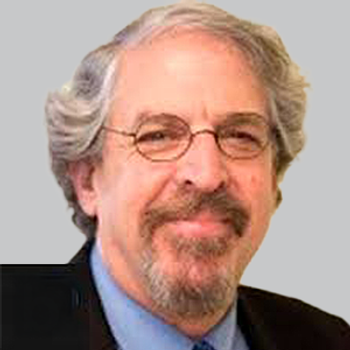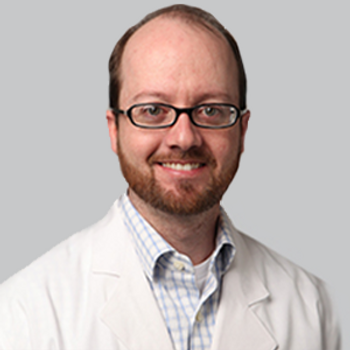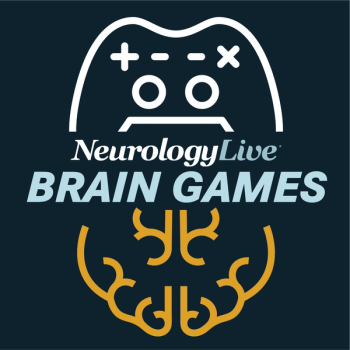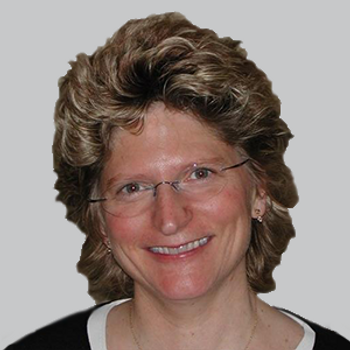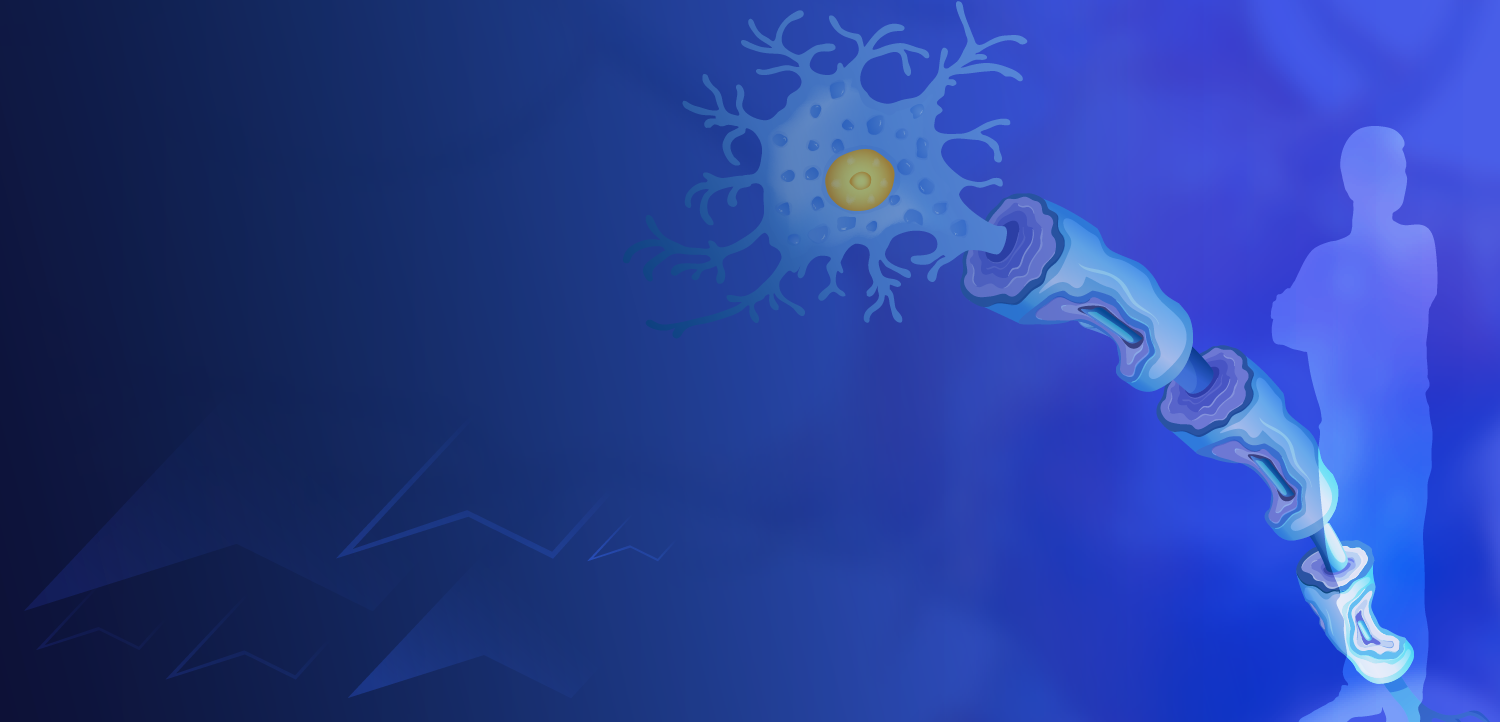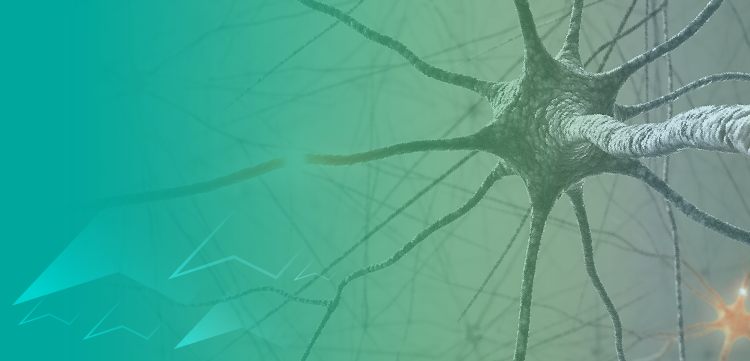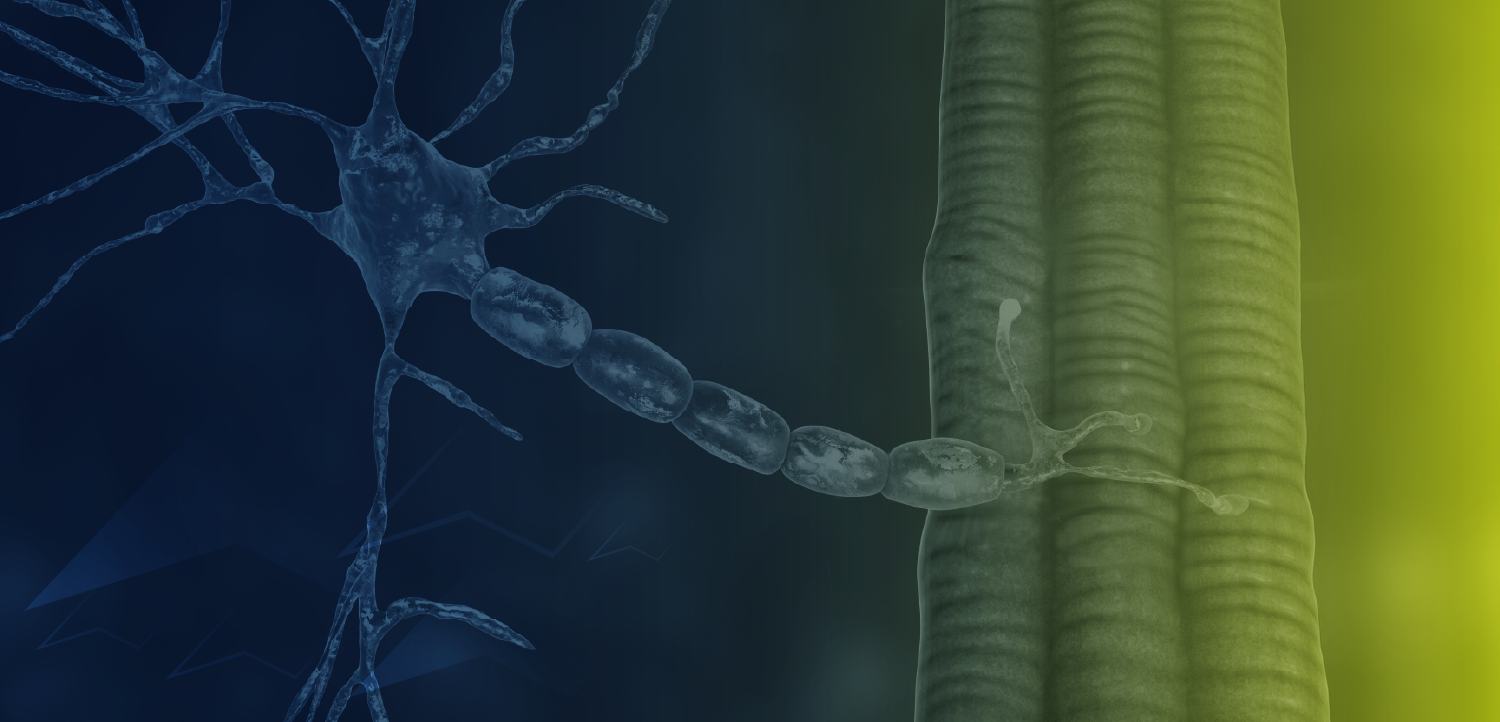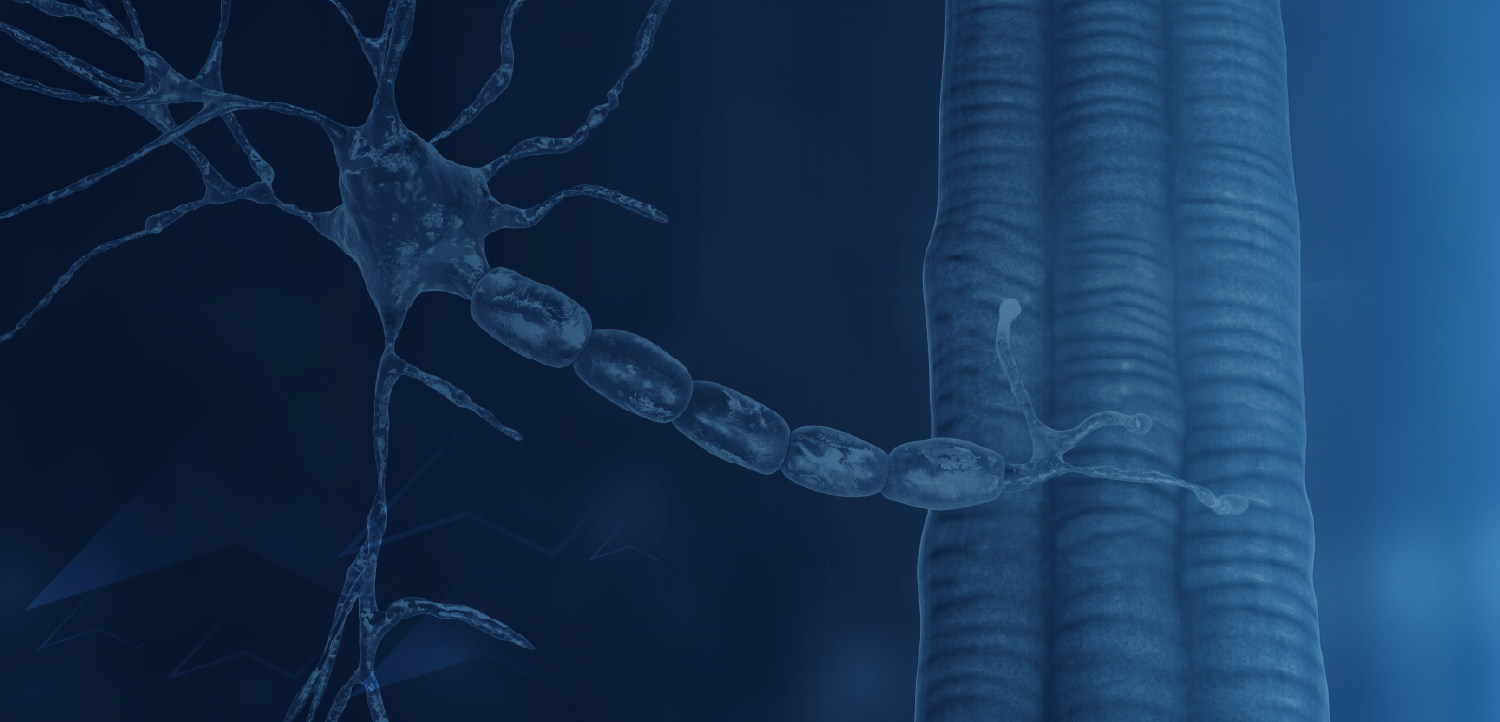
IJMSC Insights: Ahmed Zayed Obeidat on the Intersection of Art and Medicine

IJMSC Insights offers a closer look at the latest research and the people behind it from the community of the International Journal of Multiple Sclerosis Care (IJMSC) and the Consortium of Multiple Sclerosis Centers (CMSC).
Ahmed Zayed Obeidat, MD, PhD, is an associate professor at the Medical College of Wisconsin and directs the multiple sclerosis (MS) and neurology immunology program. He also directs the fellowship program in MS neuroimmunology and is interim vice chair of research for the department. He also has an abiding interest in the scientific humanities, the intersection of art and medicine and/or science. So after seeing patients and supervising students, he still finds time for art with frequent posts of his photography on
International Journal of MS Care: Tell me a bit about your professional life as a neurologist specializing in MS.
Ahmed Zayed Obeidat, MD, PhD: I spend my time seeing patients, doing clinical research, mainly clinical trials, and teaching residents, fellows, medical students, and undergraduate students, including visiting medical students from other countries. We [Medical College of Wisconsin] have a program where we have global health students come and see how medicine is practiced in the United States. So that’s how I spend my time at work.
IJMSC: How did you come to specialize in neurology and in MS care?
AZO: [My interest in] neurology dates back to when I was a medical student. The thing that really sparked my interest was a school of neuroscience that I attended as a medical student. At the time, [it] was very early, [I was] a first year medical student, and there was a neuroscience school organized by the International Brain Research Organization. IBRO…focuses on the neurosciences outside the United States. They go to countries where there is…little neuroscience research, and try to get younger people, trainees, interested in neuroscience….I actually was considering going into hematology oncology, [but] I went to the neuroscience school on brain health and brain function, and I just fell in love with neuroscience.
I developed an interest in MS because of the patients, actually, the patients in Jordan who lived with MS. They had lots of difficulties because MS in the Arab population is more aggressive than other populations. [These patients] are younger [at] the onset of the disease, but the disease [is also] more severe. But, at the time, there were no treatments available, very limited treatments, so most people with MS were untreated. I actually [joined] the Multiple Sclerosis Society in Jordan that is run by patients. At the time, there were no health care professionals involved in that society….I would drive from my city, about 50 miles, on weekends to go to these support groups, so I developed a rapport with people living with MS, and I just decided that’s what I want to do.
IJMSC: So now, let’s pivot. How did you start doing photography? Where did your interest in art come from?
AZO: That’s another interesting story….My interest in photography and doing it regularly, it’s kind of healing for me, but what happened is, we have [sons], so we would go outside…to get them off screens. We were walking in Sheboygan, Wisconsin, [in] a park called Evergreen Park and it was coming into autumn. The monarchs come into that area over Lake Michigan…and there was this beautiful monarch on the road…. I picked up the butterfly and and I had it on my finger and I just kept it with us all the way through when we were hiking. I took some photos of it…with an iPhone, nothing really fancy….We walked for a mile, 2 miles, 3 miles, and then that butterfly just got energy and flew, just [came] back to life….[When] I took a photo, I said, “Well, this is a nice sighting of the day.” So this is how I [got the name of my Instagram page].…I started my Instagram page on that same day and the first picture was that one. So that’s still, actually, if you [scroll] back all the way down, you’re going to find that picture.
I [had] bought a camera before, but that [incident] actually [got] me to get it out and start using it. I just, [tried] to learn myself, with really bad photos at first, and then a little bit better ones and a little bit better ones. Now, I think some of them are really good. It [has] kind of evolved….I use it [to reflect] on my work, too…to look at things in life that we pass by and don’t pay attention to, but when you take a photo of it, you [notice] how beautiful things around us are, even tiny, small things.
IJMSC: And, eventually, you decided to open an art gallery with your wife, Nadia Al-Khun. Tell me that story.
AZO: Nadia is a biologist. She’s a genetic engineer, but she is [also] an artist. [Since she] was little, she would paint and draw and do sculptures….When we came to Wisconsin, the kids were older, so she decided to go to art school. She got a bachelor’s in fine arts at the University of Wisconsin, Milwaukee….When she graduated from art school, we said, “Well, how about we actually have an art gallery?” So we bought a small space in downtown Milwaukee….but we couldn’t [be] open daily. It wasn’t in a commercial area. So [then] we moved it to a different place and it is a fully operational commercial gallery where we do regular exhibits and classes [with] a shop in it….The first [exhibit] we had there…was Nadia’s paintings and my photography aligned by color. We called it Colorful Conversations….And in the same exhibit, we had a guest artist, Paul Ruppa. He presented his artwork…before diagnosis of MS and after diagnosis of MS.
The gallery has a few missions, but 1 of them is to integrate arts and science and medicine and humanities. We will have an exhibit in April 2025 called Journey of Healing, [which will be] focused on artists who have overcome diseases and live with them and and try to continue their artistic expression throughout their lives. In our regular exhibits, we often have people who are related to medicine somehow, whether they’re patients, clinicians, caregivers or care partners.
The space also allows us to host events related to medicine. Nadia and I teach about the intersection between art and medicine and science, and we have lectures about how we can interpret paintings, how our brain works,[the] right versus left brain and the myth of both.
It’s grown into a community….We even partner with nonprofit organizations, try to do more work [toward] utilizing art in the healing process. We actually put [together] a few grants to try to get funding to be able to do art as a possible treatment for some symptoms of MS and beyond MS in other neurological diseases, too.
So that’s how the gallery happened. It’s a small project, but, you know, my mom came here and visited, and she said, “That’s the best thing you’ve done in your life, you know. That gallery.” I’m like, “Okay, well, that’s great.” [laughter]
IJMSC: Your mom has a valid point because it [represents] the many sides of your life coming together in 1 effort. So you’ve talked a little bit about how your practice of medicine and your practice of art intersect. Do you think that they feed off of each other? Does your art feed your practice of medicine?
AZO: I think so. As a person doing art…it’s therapeutic for me. It keeps me going, keeps me thinking about other things in life, not always work, work, work….The other part is, how can I integrate art making, and not only art making but art aesthetics or art viewing, into patient care? We’ve had people with multiple sclerosis who are artists and we used art in their rehabilitation…[helping them to regain] the fine motor skills needed for drawing and painting and things like this, integrating it into the healing journey.
For example, I had someone in clinic [saying,] “I don’t want to live with this disease.” And [I asked,] “How do you fill your time?” And many would [say,] “I used to paint, I used to draw, and I don’t do it anymore because of MS.” “That’s not right. Get everything back out and I want to see your artwork at our next visit.” And it actually works. At the next visit, I would have a painting sent to me through MyChart….We encourage our patients to participate in art shows and submit to the gallery. That’s something that we really take pride in, because we don’t charge anything for the artists to show their work in the gallery, which is in line with the gallery’s mission and vision.
We’re seeing less and less people with MS needing a wheelchair to ambulate. Many people are not needing that because of the changes in therapy and improvement in care. I was walking in Boston…I like to walk instead of take Uber to the convention center. I had to cross over the Charles River in Boston. One day it was very high and I noticed a wheelchair [in the water] so I took a picture of it with my camera. The next day, the level of water went down, so I took [another] photo of that wheelchair in that river, and I wrote about it a little bit. That’s [an example of how I] use photography in my MS practice, too.
Another thing is [that it is] important for neurologists to be very observant. We use the power of observation to diagnose disease, looking at MRIs and seeing something. [It is] the same for photography. You have to have that same power of observation. So I think that’s…a natural link between the two.
IJMSC: Are there other artist/scientists, artist/doctors that you follow, those who combine the sciences and the humanities?
AZO: I’ll [have to] say my wife!...She’s a biologist and an artist, a really accomplished artist….[One series of paintings is] called The Layers of Biospheres….She uses her knowledge of whatever is under the microscope [and] her memory and she creates a new world in her paintings. Many of her paintings in that series are in the Wisconsin Institute of Neurosciences….She’s a scientist-artist who really [brings] the two together very closely.
Newsletter
Keep your finger on the pulse of neurology—subscribe to NeurologyLive for expert interviews, new data, and breakthrough treatment updates.

